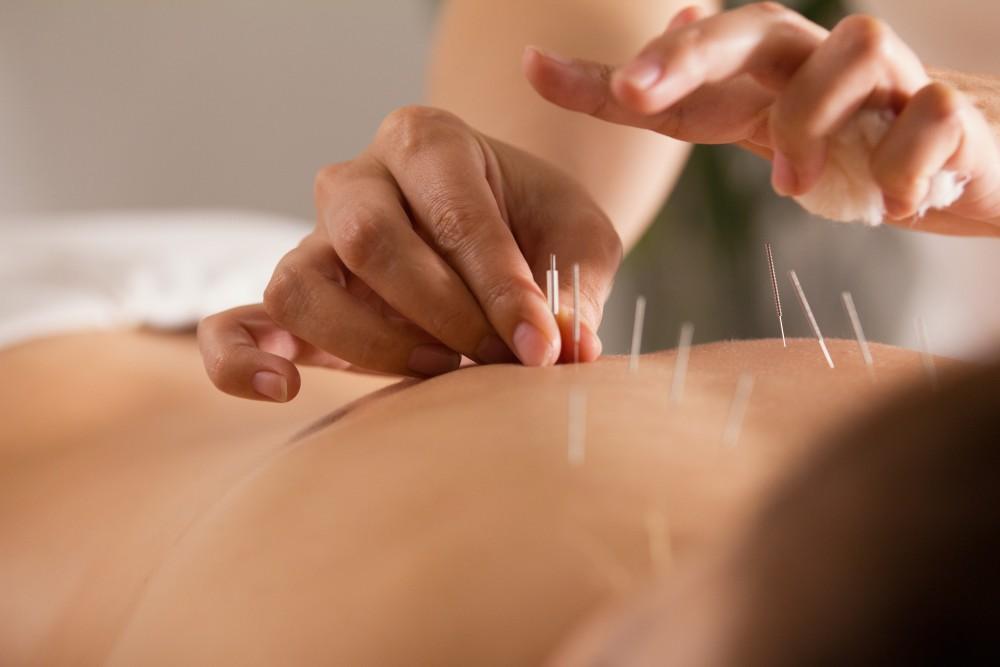
How Do Trigger Points Develop and How Can They Be Treated?

You may associate sore muscles with a day of hard work or an intense workout at the gym. While muscles ache as they heal from exercise, they sometimes form hard knots. These aren’t muscle knots but clumps of scar tissue in the fascia. The knots you feel are myofascial trigger points.
At Herald Square Chiropractic and Sport, we routinely see patients who are literally “knotted up” with pain from these trigger points. We have treatment options for trigger points that loosen your body, relieving pain while restoring flexibility and movement. Let’s take a look today at how myofascial trigger points form as well as how they’re treated.
The role of fascia
Fascia tissue surrounds muscle groups, acting as a support and lubricating layer. Fascia is one of the most abundant connective tissues throughout the body.
Feeling a trigger point
Trigger points form in fascia tissue as a hypersensitive spot with a nodule that’s easily felt. You’ll know when your practitioner palpates a trigger point. Your first reaction may be something called a jump sign.
You’ll be startled by the intense sensation that pressing a trigger point creates. While it does hurt a little, it's a “good” sort of pain. Many people experience a sense that the sensation is therapeutic.
As well as the jump sign, you may have a local twitch response, where the muscle group associated with the trigger point contracts in response to palpation or other treatment. Nerve paths connected with trigger points can also cause referred pain, a sensation you feel away from the trigger point.
Treating trigger points
Myofascial trigger points often interconnect with minor misalignments of the spine that keep your body from working at peak efficiency. Therefore, it's best to treat both subluxations and trigger points.
The trigger point is manually manipulated until it releases with a satisfying sensation associated with tension release. Essentially, this breaks up the fascial scar tissue and relieves the symptoms connected with it.
Stubborn trigger points may need a needle-based treatment. Acupuncture and dry needling provide outstanding results in breaking up these deep adhesions. Once released, trigger points no longer interfere with other chiropractic manipulations, and you have an easier path to spine health.
Learn more by contacting us at Herald Square Chiropractic and Sport in New York City. You can book an appointment with us by phone or using the online booking link on this page. Schedule your visit today.
You Might Also Enjoy...


Why Is the Gonstead System Considered the "Gold Standard"?

Why Is Ergonomics Important?

5 Ways to Relieve Your Chronic Joint Pain

What to Do if You're Concerned About Physical Therapy Pain


